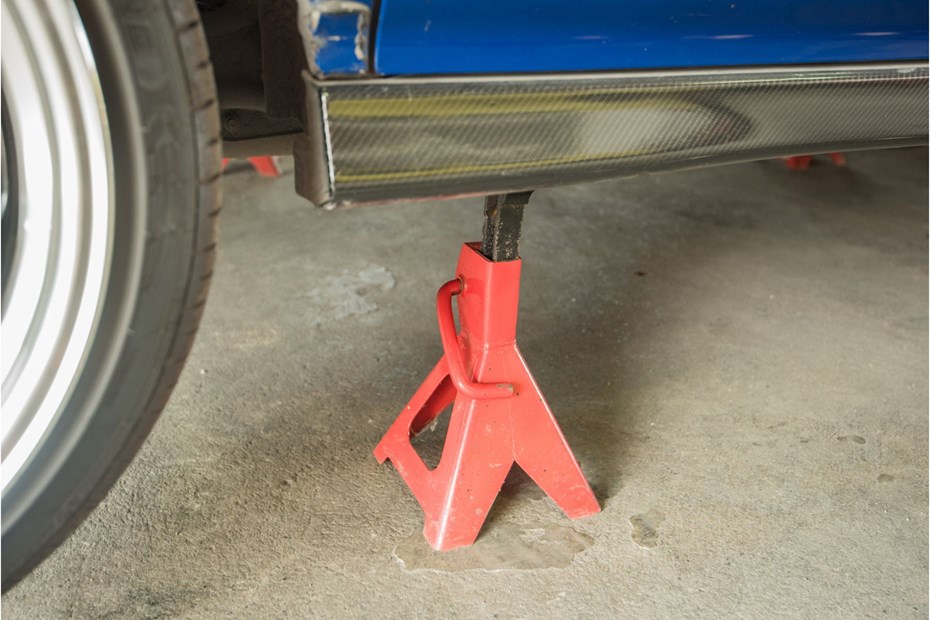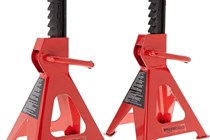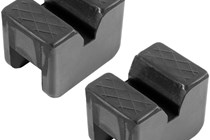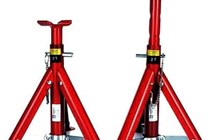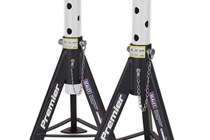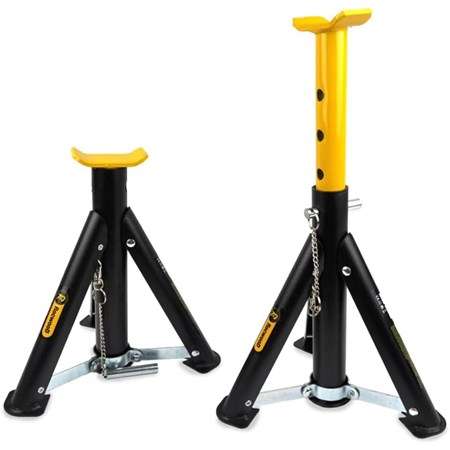Once, when I was young and started doing my own car servicing and repairs, I thought axle stands were just an extra faff. They just made the job take a little bit longer. Then there was that day, thankfully fairly early on in my motoring life, when I was doing an oil change using a trolley jack, and just as I was about to start, the trolley jack failed. It’s not quite as dramatic as it sounds as I had gone back to get some tools and only heard the thud of the car falling – but it immediately convinced me of the importance of axle stands.
Since then, I have never ventured under a car without it having some substantial back-up support, including putting a couple of wood blocks under when I start to lift the car up. It really does make me wince when I see otherwise mature, experienced and sensible people getting under a car without additional support. My days of crawling under a car have almost passed me by now, but I still have a hydraulic trolley jack, a few large bits of wood and a complete set of axle stands, just in case.
Hopefully, as you are reading this, you value the safety aspects of car repair, and you’re looking for some advice and recommendations for axle stands to add to your garage toolkit. We’ve had a look at what’s available and their different applications and uses, and we have some advice on usage at the end of this article.
Best axle stands at a glance:
Editor’s choice: Amazon Basics Steel Jack Stands – Buy now from Amazon UK
Best for easy storage: Erma RD9 Axle Stands – Buy now from Amazon UK
Best for heavy-duty work: Draper 54722 Expert Axle Stand – Buy now from Amazon UK
Best axle stands
Editor's choice


Pros
- Also available with a 1.8 ton capacity
- Good value
Cons
- No safety lock
Best ratchet axle stands
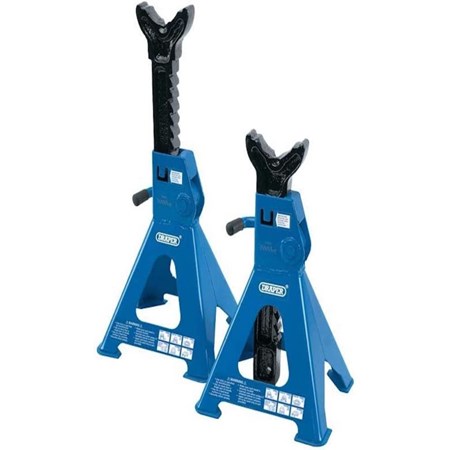

Pros
- Good maximum height
- Easy-to-use ratchet mechanism
Cons
- Quite heavy
Best for easy storage
Pros
- Foldable legs
- Easy to store
Cons
- Not much of a lip on the stand
Best for budget
Pros
- Not too heavy
- Good weight capacity
Cons
- Could be sturdier
Best heavy duty axle stands
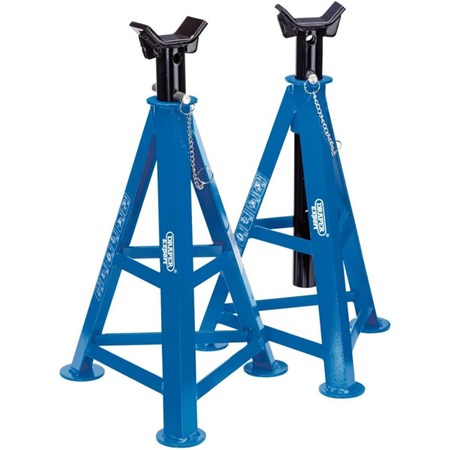

Pros
- Heavy duty
- High lift
Cons
- Minimum height is quite high
Pros
- Good value
- Heavy lifting
Cons
- Perhaps a bit much for a small family saloon
Pros
- Protect your car
- Add a little height if required
Cons
- Universal fit - check your axle stand size before buying
The Parkers guide to using axle stands
Using axle stands is crucial for safely working on a motor vehicle, especially when tasks require going underneath the vehicle or removing heavy components. You may think a simple job like changing the oil isn’t worth the hassle, but not spending an extra few minutes fitting axle stands could have catastrophic consequences. Here’s a brief guide on how to safely use them:
Never work under a vehicle supported only by a hydraulic jack. It’s essential to use axle stands as an additional safety measure.
Selecting the Right Axle Stands:
Choose stands that are rated to support the weight of your vehicle. Refer to your vehicle’s manual for weight specifications.
Ensure the stands are in good condition with no signs of damage or wear.
Choosing the Correct Location:
Park the vehicle on a flat, level surface.
Engage the parking brake and place wheel chocks behind the tyres to prevent any accidental movement.
Lifting the Vehicle:
Use a hydraulic jack to lift the vehicle at designated lift points specified in the owner’s manual.
Never rely solely on the hydraulic jack to support the vehicle – axle stands are essential for safety.
Placing the Axle Stands:
Position the axle stands under the reinforced frame or designated lift points.
Ensure the stands are securely placed on a solid surface, avoiding any areas that may buckle under pressure.
Lowering the Vehicle:
Slowly lower the vehicle onto the axle stands, ensuring they are holding the weight evenly.
Give the vehicle a gentle shake to ensure it’s stable before working underneath it.
Working Safely:
Always wear appropriate safety gear, including gloves and eye protection.
Avoid working under the vehicle alone; have someone nearby in case of emergencies.
Use jack stands in pairs for added stability, placing them on both sides of the vehicle.
Removing the Vehicle from the Stands:
After completing the task, carefully raise the vehicle using the hydraulic jack.
Remove the axle stands one at a time, lowering the vehicle back to the ground slowly.
Types of Axle Stands:
Pin-Type Axle Stands: These stands have adjustable height settings secured by a pin or bolt. They offer reliable support but may take longer to adjust.
Ratchet-Type Axle Stands: These stands have a quick-release ratchet mechanism for easy height adjustment. They are convenient but may require regular maintenance to ensure the mechanism functions correctly.
Common Pitfalls:
Failing to secure the axle stands properly can result in the vehicle collapsing, causing injury or damage.
Using damaged or inadequate axle stands can lead to instability and potential accidents.
Neglecting to chock the wheels can allow the vehicle to roll off the stands, posing a serious safety hazard.
Always use axle stands when working under a raised vehicle, regardless of the task’s complexity or duration. They provide a stable and secure platform, minimizing the risk of accidents. Avoid using makeshift supports such as bricks, cinder blocks, or wood blocks. These materials can collapse under pressure, causing severe injuries or even fatalities.
Alex Boyd is a Commercial Content Writer for Parkers, specialising in power tools and pressure washers. In his spare time, he enjoys DIY, travel, gardening and music.
Sign up to the Parkers Newsletter to keep up to date with more of the latest reviews, news, and recommendations from the Parkers team.
Just so you know, whilst we may receive a commission or other compensation from the links on this page, we never allow this to influence product selections – read why you should trust us.
Just so you know, we may receive a commission or other compensation from the links on this website - read why you should trust us.


